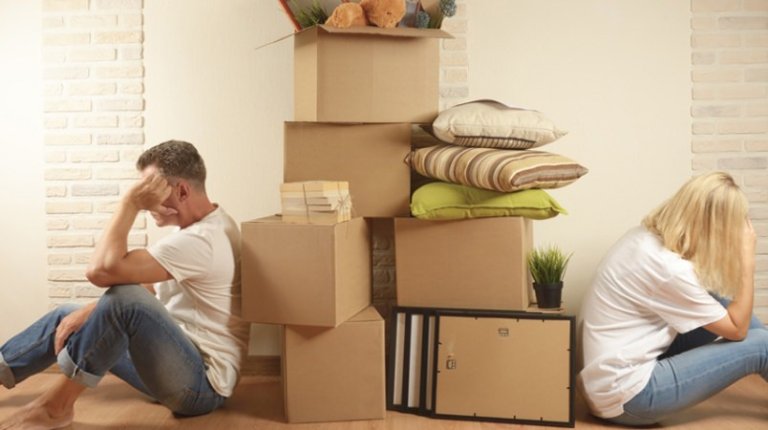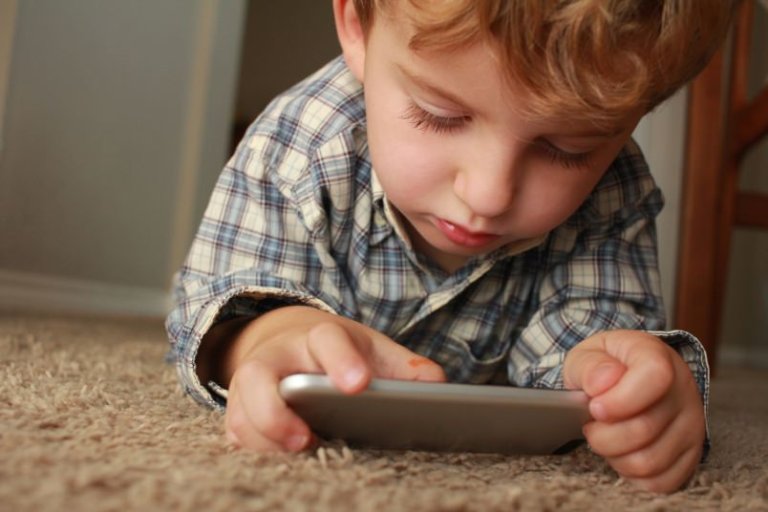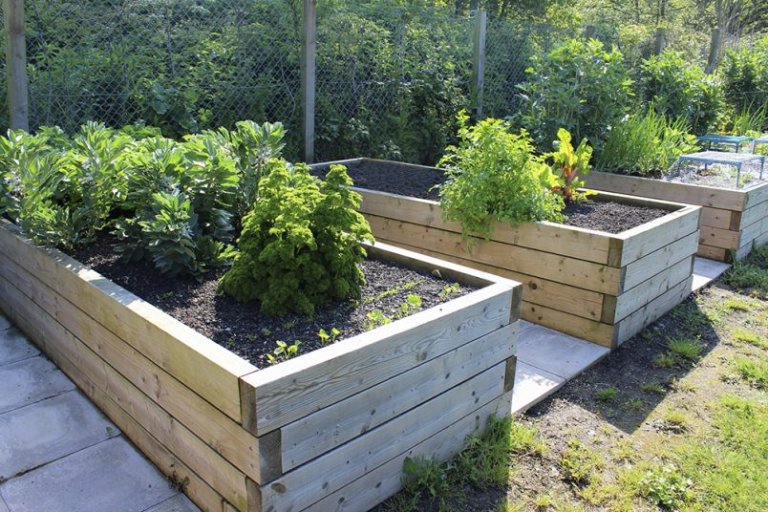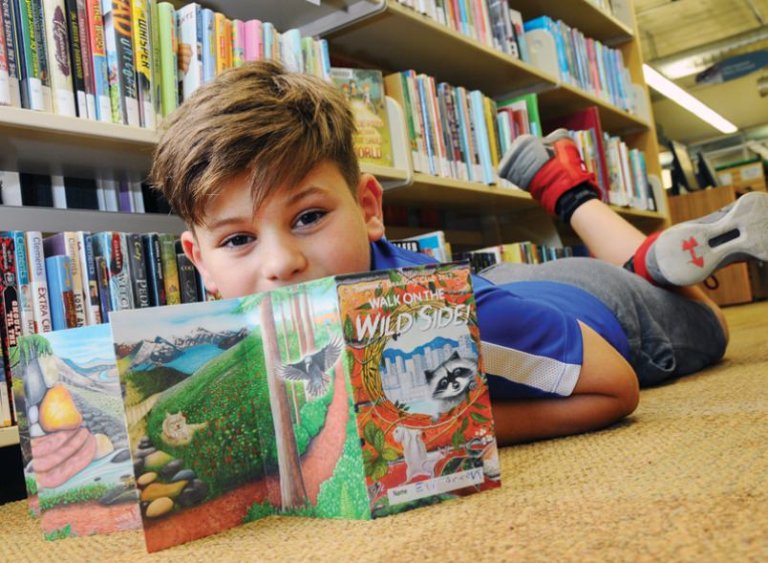Back
BLOG: Here's why our kids need more time to play

On a visit to the small Texas town of Amarillo last year, I attended the World Championship Ranch Rodeo - a global gathering of the nation’s best working ranch cowboys, and as I strolled through the sea of competitors and their families, something stood out for me when it came to the children that the ranchers had in tow: none of the kids had phones in their hands.
Instead of sitting in solitude, hunched over devices with their eyes glued to screens, I saw clusters of children huddled together on the floor, playing with horse figurines and toy trucks. I watched on as they trotted and teetered their trinkets along surfaces, completely immersed in imaginative play while their parents chatted nearby.
This not only reminded me of my own childhood, when kids were left to their own devices, but it really emphasized the abundance of free, unsupervised and extremely essential play time that I enjoyed in my younger years - time that is rarely enjoyed by kids today.
With the pressure to increase academic offerings, many schools have cut back on allocated time for outdoor play in favour of more time in the classroom. Not only does this reduce the amount of exercise that the children receive, but the cost of cutting these periods of free play extends far beyond the need to keep kids moving throughout the day.
In a special edition of TIME magazine titled The Science of Childhood, author Belinda Luscombe highlights the results of a Finnish study that focuses on the correlation between physical activity and sedentary time for school-aged kids between the ages of six and eight years old. What they found was that by increasing seated classroom time, the grades of students actually declined. They discovered that children who were less active during school time in the first grade (a year that is heavily focused on reading) received lower grades in both reading and math in second and third grade than those who were given more time to play in their earlier years in school - especially boys.
While most elementary school kids here in Canada receive one short recess break per day, a program called the LiiNK Project (Let’s Inspire Innovation ‘N Kids) devised by Debbie Rhea of the Texas Christian University, encourages more frequent bursts of outdoor play, with the youngest children in some Texas schools being sent out for recess four times a day.
What they found was that allowing for more frequent breaks resulted in more focused classroom time, as the children knew that a short break was coming soon.
Just outside of Edmonton, Bruderheim School has decided to give extended recess time a try too, increasing the play time to ensure that their students never spend more than an hour in their desks at a time. The experiment began just over two months ago, and the school is already seeing more focused students, happier teachers, and improved attendance as a result.
Free play develops important life skills in children such as creativity and teamwork, and by providing them with activity breaks, we can boost their focus and improve their grades.
It’s time to take the reins and steer our children back to a lifestyle where free play was valued. It will not only keep them healthy and active, but it will extend their life learnings far beyond the classroom walls.
Bianca Bujan is a mom of three, writer, editor and marketing consultant. Find her online at @bitsofbee.
By: Burnaby Now
GuidedBy is a community builder and part of the Glacier Media news network. This article originally appeared on a Glacier Media publication.
Location
Topics
Related Stories
-
Local Attractions Whistler
Top Summer Activities in Whistler
The snow is melting, the birds are chirping, and the flowers are starting to bloom. Sumemr has finally arrived in Whistler! If...
-
Beauty & Wellness
Summer Hikes in Vancouver: A Detailed Guide
If you're looking for a great way to take in the sights and sounds of summer, consider going on a hike. Vancouver is home to...
-
Healthcare
5 Stretch Exercises to Ease Your Back Pain
Back pain is problematic for many people, and it may be especially cumbersome for individuals who work from home on their...
-
Local Attractions Whistler
Backcountry Bounty
Whistler is bracing for a busy season beyond the ski area boundaries. The backcountry is beckoning like never before as skiers...
-
Exercise Classes Richmond
Supporting moms through prenatal and postnatal workouts
There are many challenges to exercising and eating well during pregnancy, from morning sickness in the first trimester to...
-
Fitness Shoes & Apparel Vancouver
This activewear brand is giving away free men’s workout tees
Sponsored Content Vancouver-based Strongbody Apparel is back at it again, this time giving away men’s workout tees. Having...
-
Sports & Fitness New Westminster
Profiles of Excellence: Oxygen Yoga
Sponsored Content Acommunity within a community – that’s what Oxygen Yoga and Fitness has created in their Columbia Street...
-
Food & Drink Abbotsford
4 Dishes to Make with Summer Peaches
Summer is the perfect time of year to experiment with different ways to use peaches. These juicy, refreshing fruits can be...
-
Home & Garden Abbotsford
How to Create a Zero-waste Household
Reducing your household waste can help the planet in many ways. You may even be able to eliminate your waste completely if...
-
Beauty & Wellness Abbotsford
7 beauty trends for summer 2021
You may be looking forward to re-entering society this summer or at least looking better during a video meeting. Beauty trends...
-
Gifts Abbotsford
Four fabulous experience gift ideas for mom this Mother’s Day
If you’re tired of giving the same old types of Mother’s Day gifts, treat your mom with an experience instead. There are many...
-
Home Furniture & Decor Abbotsford
Working from home? 4 tips for your home office setup
Working from home can be a better experience for you with the right office setup. Setting up your in-home office correctly can...
-
Home Furniture & Decor Burnaby
Create an Awesome Home Office Space on A Budget
A small home office doesn’t have to be expensive, but properly planning your space is important so it’s a place you actually...
-
Healthy Living Burnaby
Pass the Time with These 65 COVID-19 Isolation Activities
You may be trapped in your home thanks to COVID-19, but you don't need to be bored. Here are a host of ways to keep yourself...
-
Fitness Burnaby
A Spring Training Guide for New Runners
Photo: Shutterstock If you are new to running you’ll soon learn it’s more than putting one foot in front of the other....
-
Jobs & Education Burnaby
Elderly pug pilots pooch wheelchair designed at BCIT in Burnaby
Elderly canines with osteoarthritis could soon stay mobile with a dog wheelchair developed at BCIT in Burnaby. The device –...
-
Healthcare Burnaby
B.C. residents find moving home more stressful than starting a family: poll
Ahead of the what has been deemed the busiest moving day of the year, Sunday June 30, BigSteelBox has released the results of...
-
Beauty & Wellness Burnaby
BLOG: Parents, it's time to tame those tech-addicted tots
“When you were a kid, what did you do for fun?” Nature Valley posed this question to three generations of “real families” in...
-
Casual Dining Burnaby
Don't be a jerk to servers - be a good egg
Everything we do is a choice. From the moment we wake up in the morning, until the time we come to the day's end, we choose...
-
Garden & Décor Burnaby
How to garden if you don't have your own garden
Paying $160 for the year was a pretty good price for a vacation property. Only eight minutes from Ben’s downtown apartment,...
-
Beauty & Wellness Burnaby
More people are going on 'strike' against having kids. I get it
The other day, as I was scrolling through my Twitter feed, a tweet by a fellow journalist caught my eye. It read, “My husband...
-
Finance Burnaby
Profiles of Excellence: Harjit Sandhu at IG Wealth Management
Sponsored Content There’s no such thing as one-size-fits-all when it comes to money – yet all too often, financial advice can...
-
Summer Camps Burnaby
Want your child to keep their brains moving this summer? Try this
With school officially done for summer, kids ages 5-14 have the opportunity to participate in the BC Summer Reading Club - a...
-
Dessert Burnaby
This Burnaby macaron maker will steal your soul
Snoring might seem like a weird way to start a food blog about desserts, but trust me – there is a connection. See, I snore....
-
Food & Drink Burnaby
Here’s how to pair beer with food and become the hero you were destined to be
Company’s coming, dinner’s almost ready, but you forgot to pop out to the liquor store to grab a bottle of wine. Obviously, you...
-
Food & Drink Burnaby
This is the best pizza in Burnaby. I weep for those who haven't tried it
Pizza is a touchy topic. Trying to get a group of people to agree on pizza can be like pouring gasoline on a...
-
Food & Drink Burnaby
Profiles of Excellence: Atlas Steak + Fish
Sponsored Content Atlas Steak + Fish may be the crown jewel at Gateway Casinos’ Grand Villa Casino in Burnaby, but it’s only...
-
Food & Drink Burnaby
Chef Dez: You can expand your home menu without breaking the budget
Household budgets are in the news now more than ever these days and everyone seems like they’re searching for ways to tighten...
-
Animal Adoption Burnaby
Adopting a puppy shouldn't be done on a whim
Our family has adopted an eight-week-old puppy from a pet rescue - a sweet Dalmatian who had been rejected for being “too ugly”...
-
Food & Drink Burnaby
I’m an atheist, but this Burnaby ramen made me see god
There are times when a meal can feel like a religious awakening. That first bite hits your mouth and it’s so shockingly good,...
-
Beauty & Wellness Burnaby
Change the way you think about braces
Sponsored Content For those of us who endured years of metal wires and brackets cemented to our teeth, the arrival...






























